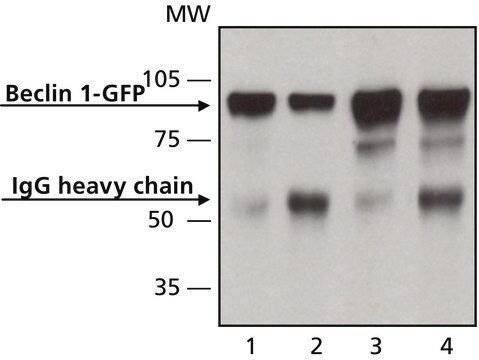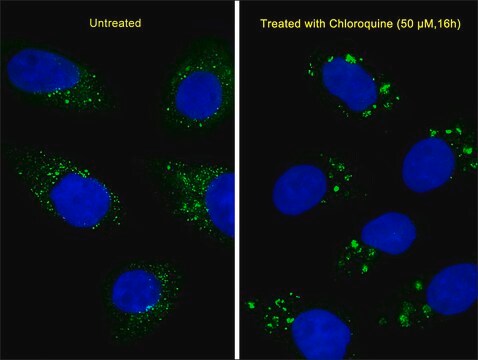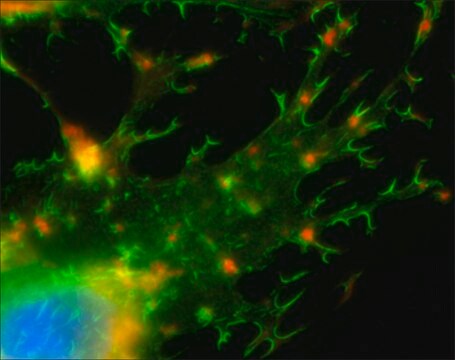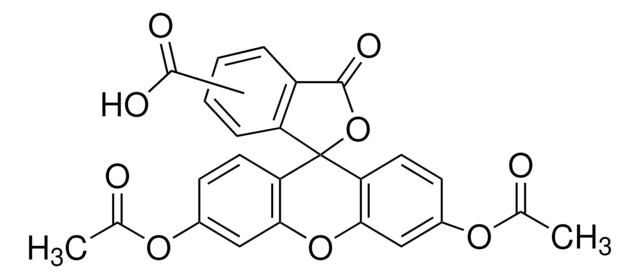D9564
DAPI, dilactate
≥98% purity (HPLC), powder
Synonym(s):
4′,6-Diamidino-2-phenyindole, dilactate
About This Item
Recommended Products
product name
DAPI, dilactate, ≥98% (HPLC)
Quality Level
assay
≥98% (HPLC)
form
powder
color
yellow
solubility
H2O: 20 mg/mL
ε (extinction coefficient)
28.00-32.50 at 345-351 nm in methanol
application(s)
diagnostic assay manufacturing
hematology
histology
storage temp.
2-8°C
SMILES string
CC(O)C(O)=O.CC(O)C(O)=O.NC(=N)c1ccc(cc1)-c2cc3ccc(cc3[nH]2)C(N)=N
InChI
InChI=1S/C16H15N5.C3H6O3/c17-15(18)10-3-1-9(2-4-10)13-7-11-5-6-12(16(19)20)8-14(11)21-13;1-2(4)3(5)6/h1-8,21H,(H3,17,18)(H3,19,20);2,4H,1H3,(H,5,6)
InChI key
LCAUPANIXBMNIA-UHFFFAOYSA-N
General description
Application
Biochem/physiol Actions
Related product
Storage Class
11 - Combustible Solids
wgk_germany
WGK 3
flash_point_f
Not applicable
flash_point_c
Not applicable
ppe
Eyeshields, Gloves, type N95 (US)
Choose from one of the most recent versions:
Already Own This Product?
Find documentation for the products that you have recently purchased in the Document Library.
Customers Also Viewed
Our team of scientists has experience in all areas of research including Life Science, Material Science, Chemical Synthesis, Chromatography, Analytical and many others.
Contact Technical Service










